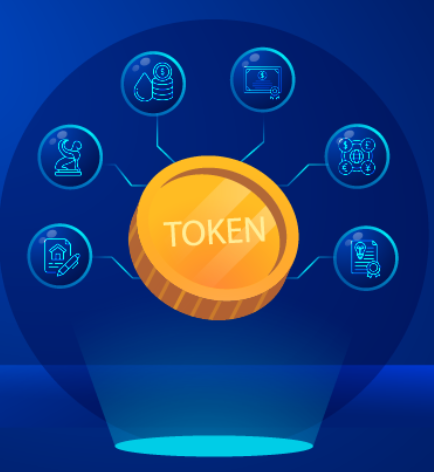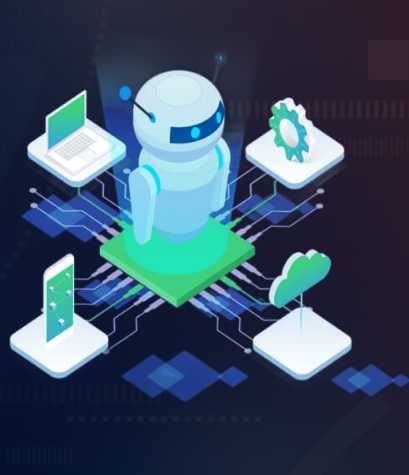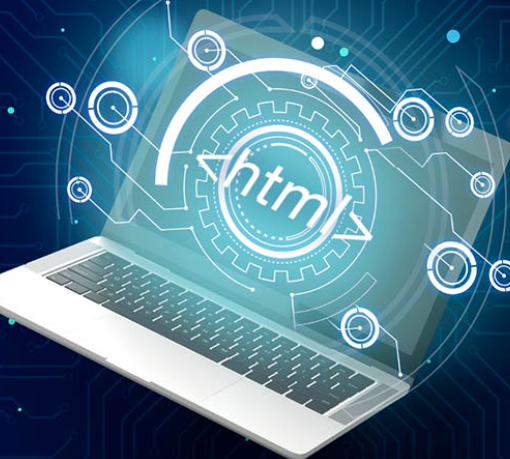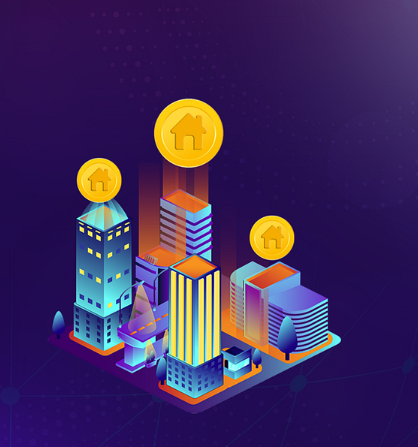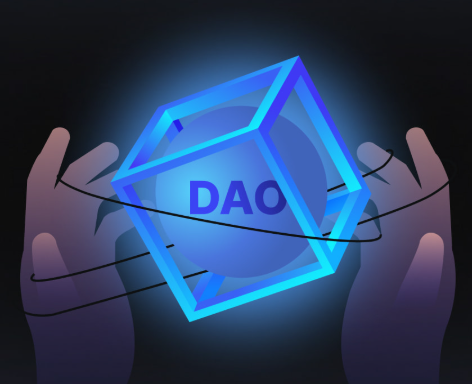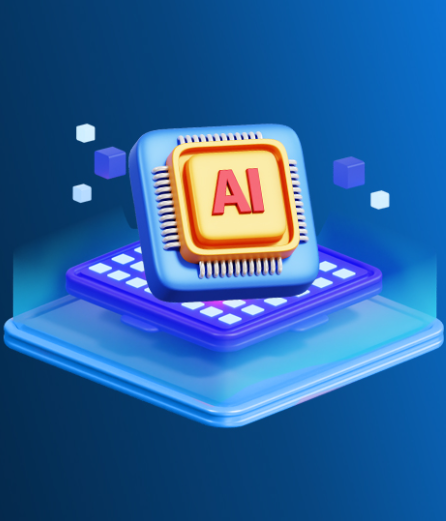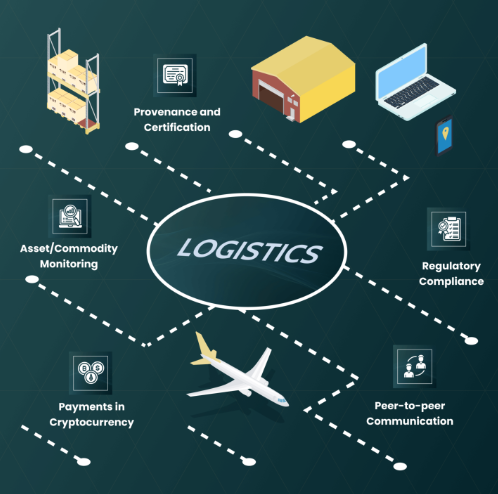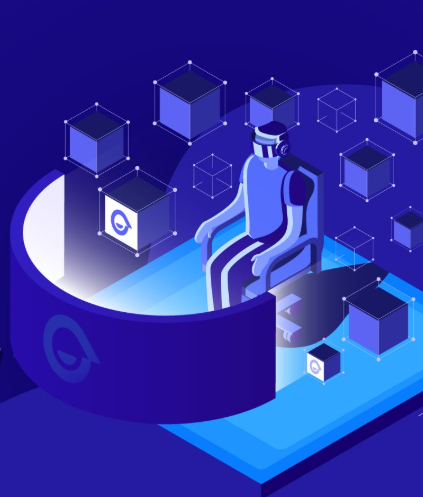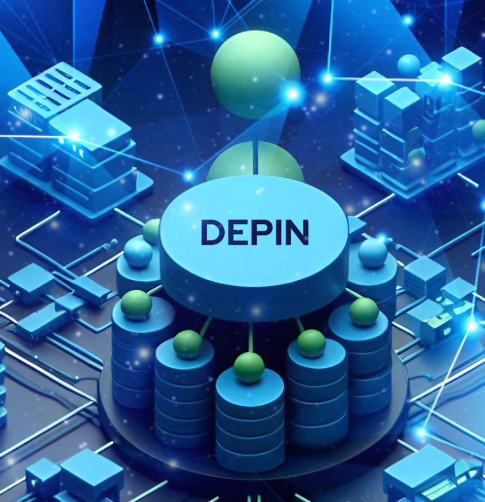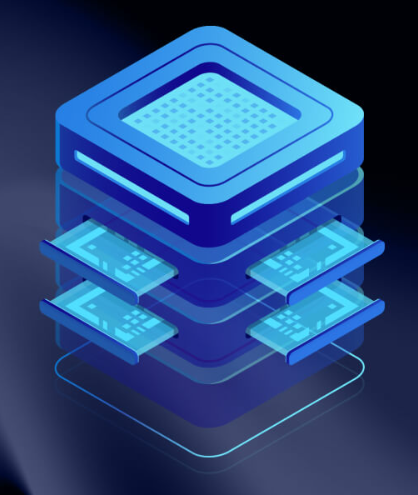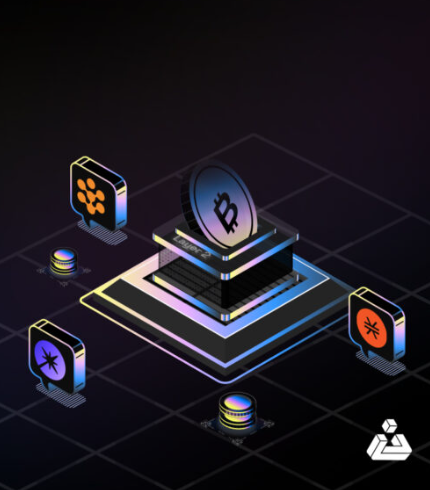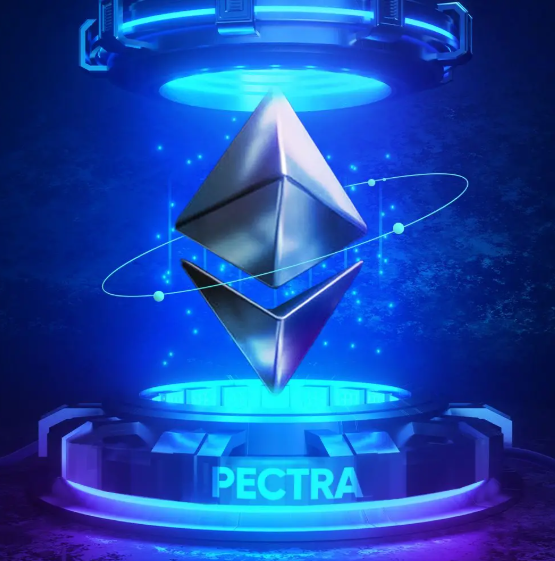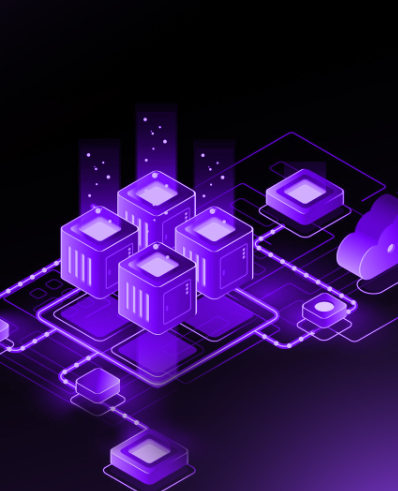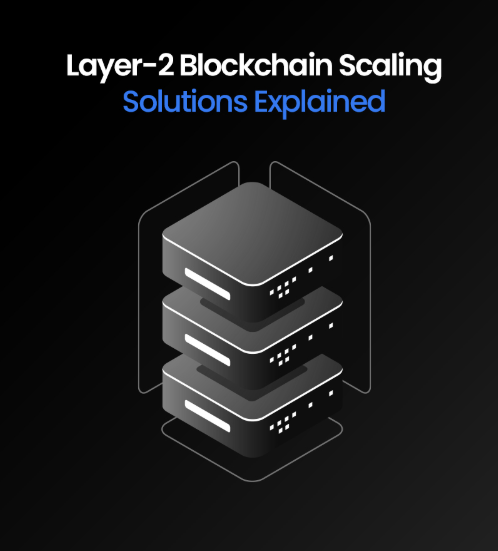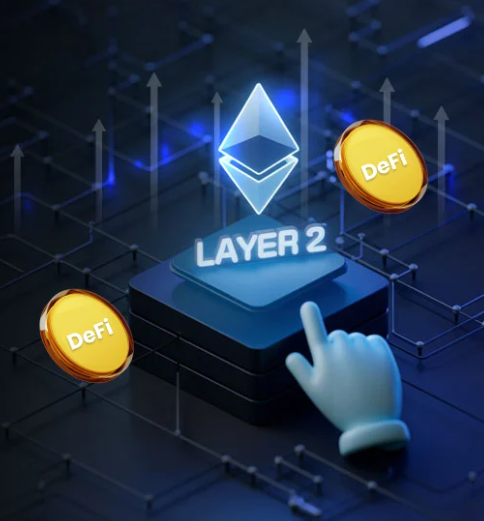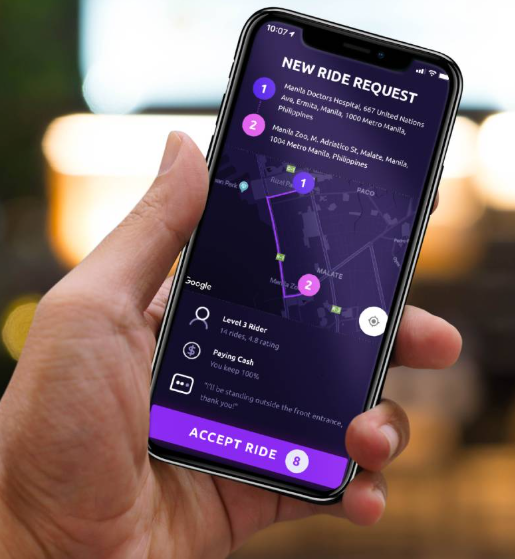
Web3 startups face a unique set of challenges that require speed, adaptability, and continuous growth. In an industry where the pace is relentless, incorporating autonomous agents and AI is no longer a luxury, but a necessity. These intelligent systems are transforming how Web3 founders design products, scale communities, manage operations, and create self-sustaining ecosystems. This blog delves into how these technologies are reshaping the startup landscape, providing a competitive edge and enabling businesses to thrive without constant human intervention.
The Power of Autonomous Agents and AI in Web3
The speed at which Web3 evolves is brutal—new chains emerge weekly, narratives shift overnight, and market cycles change in real-time. As founders, building decentralized technology requires creating systems that can learn, adapt, and scale without micromanagement. Autonomous agents and AI offer the solution by automating key business functions such as governance, marketing, DeFi strategies, community engagement, and more.
In a space where many protocols still rely on manual processes like Discord mods and spreadsheets, those who integrate intelligent automation into their protocols gain a significant advantage. These agents, enhanced by machine learning, natural language processing (NLP), and real-time analytics, can perform tasks and make decisions much faster and more efficiently than human teams, providing a strategic edge to those who deploy them.
What Are Autonomous Agents?
Autonomous agents are self-sufficient software systems that operate independently to perform tasks or make decisions based on set objectives. Unlike traditional bots that simply follow instructions, these agents can learn, adapt, and improve over time through machine learning and data analysis. In the Web3 context, autonomous agents are used to automate everything from DAO governance to real-time customer service, ensuring that protocols run smoothly without constant oversight.
These agents can:
- Execute sophisticated DeFi strategies like automated portfolio rebalancing, yield farming, and liquidity provisioning.
- Govern decentralized autonomous organizations (DAOs), including proposing actions, detecting suspicious activities, and managing transparent decision-making processes.
- Deploy real-time customer support and engage with users via NLP-based chat systems.
- Adjust protocol parameters like token emissions or staking rates based on real-time data and optimization algorithms.
- Trigger on-chain actions in response to off-chain events, enabling seamless integration between the digital and physical worlds.
By incorporating autonomous agents, Web3 startups can automate complex processes, improve decision-making, and scale operations while offering enhanced user experiences.
Integrating Autonomous Agents into Your Web3 Startup
The integration of AI and autonomous agents into Web3 businesses goes beyond theoretical applications. Founders need to know how to implement these systems effectively across different aspects of their operation. Here’s a look at how to deploy these technologies in specific functional areas:
1. Autonomous Governance and DAO Intelligence
Governance is often a bottleneck in DAOs, with low participation and decision-making paralysis. Autonomous agents can help streamline this by automating processes like proposal reviews, voting, and sentiment analysis.
Implementation Ideas:
- Use NLP agents to summarize and classify proposals before votes.
- Deploy reputation-weighted bots that filter out low-quality proposals based on community feedback.
- Implement predictive governance agents that forecast outcomes based on historical voting data.
Tools & Infrastructure:
- Tally.xyz for AI-powered DAO dashboards.
- CharmVerse for tracking contributor reputation.
- DAOhaus Autonomy for pre-programmed governance workflows.
2. Optimizing Treasury and Token Emissions
AI agents can optimize token emissions, yield programs, staking incentives, and treasury allocations based on real-time on-chain data, ensuring efficient use of resources.
Implementation Ideas:
- Autonomous agents that adjust the treasury portfolio in real-time, responding to market conditions.
- Predictive agents that simulate future token dilution from emissions and adjust flows accordingly.
- AI-driven dashboards to stress-test different tokenomics scenarios.
Tools & Infrastructure:
- Gauntlet for dynamic risk modeling.
- Token Engineering Commons for incentive simulations.
- Hypernative.ai for monitoring agent behavior in treasury management.
3. AI-Powered Community and Growth Operations
Managing a growing Web3 community can be resource-intensive. AI agents can automate engagement, optimize onboarding, and create personalized growth journeys for users.
Implementation Ideas:
- Deploy AI chat agents in Discord and Telegram to onboard users, answer questions, and flag high-intent contributors.
- Use engagement bots to trigger quests, reward roles, and send governance reminders.
- Implement predictive growth agents that analyze community health and suggest incentives or partnerships.
Tools & Infrastructure:
- Guild.xyz for automated role-gating based on wallet activity.
- QuestN and Layer3 for gamified engagement workflows.
- Convo Space for NLP-powered community search and moderation.
4. Streamlining Onboarding and User Experience (UX)
Onboarding is often a major hurdle for DeFi and Web3 apps. AI agents can improve this process by customizing onboarding flows based on user behavior, ensuring a smoother experience.
Implementation Ideas:
- Use intent-based routing to offer different onboarding flows tailored to user types.
- Deploy agents to track user drop-off points and optimize CTAs, tutorials, or UI copy.
- Implement natural language wallet interfaces that allow users to interact with their wallets using simple commands.
Tools & Infrastructure:
- Privy.io for identity-aware onboarding.
- Particle Network for seamless wallet integrations.
- AgentOps.ai for training and iterating user-agent interactions.
5. Cross-Chain Coordination
As Web3 becomes increasingly multi-chain, managing operations across multiple chains manually becomes a challenge. Autonomous agents can automate cross-chain deployments, treasury balancing, and protocol synchronization.
Implementation Ideas:
- Automatically bridge treasury allocations across chains based on fees, liquidity, and TVL shifts.
- Dynamically route users to chains with the lowest gas fees for a more efficient experience.
- Monitor on-chain events and trigger automatic actions across multiple chains.
Tools & Infrastructure:
- LayerZero for omnichain messaging.
- Socket.tech for AI-driven liquidity routing.
- EigenLayer for modular validation logic controlled by agents.
Final Thoughts
In Web3, where speed and adaptability are key, integrating autonomous agents and AI into your startup isn’t just a luxury—it’s a necessity. By strategically deploying these technologies, founders can automate core operations, scale their businesses efficiently, and maintain a competitive edge in the rapidly evolving space.
These intelligent systems won’t replace human founders, but they will empower them to focus on strategic growth while automating the day-to-day complexities of running a decentralized protocol. For Web3 startups looking to stay ahead of the curve, embracing AI and autonomous agents will be critical to their long-term success.










